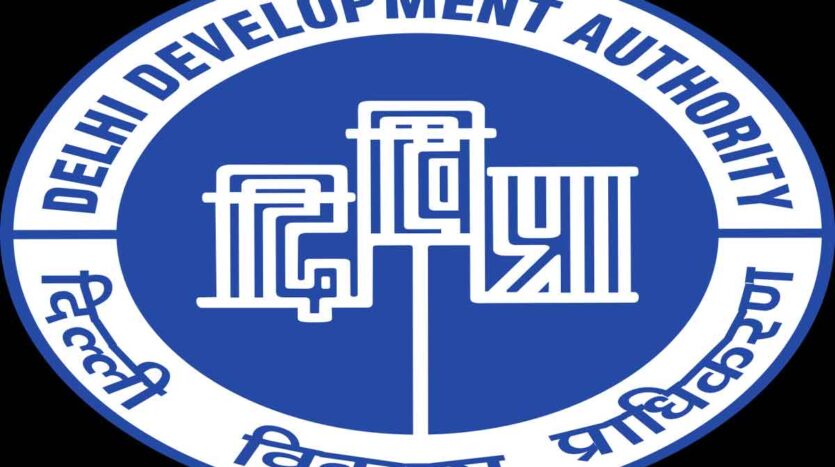Delhi Development Authority: Shaping the Future of India’s Capital City
Delhi, the vibrant and bustling capital city of India, owes much of its development and urban planning to the Delhi Development Authority (DDA). Established in 1957, the DDA plays a crucial role in shaping the city’s landscape, ensuring sustainable growth, and providing affordable housing for its residents. This blog explores the history, functions, achievements, and challenges faced by the Delhi Development Authority in its mission to transform Delhi into a world-class metropolis.
History and Evolution
The Delhi Development Authority was formed with the vision to transform Delhi into a well-planned and organized city. The authority’s formation came as a response to the rapid urbanization and population growth that Delhi experienced after India’s independence. Initially, the DDA focused on acquiring land, preparing development plans, and implementing zoning regulations to maintain a balanced growth pattern. Over the years, the authority expanded its scope to include the construction and maintenance of housing projects, infrastructure development, and environmental conservation.
Key Functions and Responsibilities
The DDA has a broad range of functions and responsibilities aimed at ensuring the sustainable development of Delhi. Some of its key roles include:
- Land Acquisition and Development: The DDA acquires land, both through purchase and compulsory acquisition, for various purposes like housing, commercial development, and public amenities. It prepares development plans, allocates land for different uses, and oversees the development process.
- Housing Projects: The DDA plays a crucial role in providing affordable housing to the citizens of Delhi. It constructs residential complexes, including apartments, plots, and group housing societies, catering to people from different income groups.
- Infrastructure Development: The authority focuses on developing and maintaining the city’s infrastructure, including roads, bridges, parks, and recreational facilities. It ensures the availability of basic amenities like water supply, sewage disposal, and electricity in the residential areas.
- Environmental Conservation: The DDA is committed to preserving Delhi’s natural heritage. It identifies and protects ecologically sensitive areas, promotes green spaces, and enforces regulations to curb pollution and promote sustainability.
Achievements and Contributions
Over the years, the Delhi Development Authority has made significant contributions to the development of Delhi. Some notable achievements include:
- Planned Residential Areas: The DDA has developed well-planned residential areas like Rohini, Dwarka, and Vasant Kunj, providing affordable housing options to thousands of residents. These areas are equipped with modern amenities, schools, healthcare facilities, and commercial centers, making them self-contained and livable communities.
- Infrastructure Upgrades: The authority has undertaken several infrastructure projects to improve connectivity and ease traffic congestion. Projects like the Delhi Metro, flyovers, and underpasses have transformed the city’s transportation system, enhancing accessibility and reducing commuting time.
- Parks and Recreational Spaces: The DDA has developed numerous parks, gardens, and sports complexes across Delhi. These green spaces provide a much-needed respite from the urban chaos and promote a healthy lifestyle.
- Conservation of Historical Sites: The DDA has played a crucial role in preserving Delhi’s rich historical heritage. It has taken measures to restore and conserve iconic monuments like Qutub Minar, Red Fort, and Humayun’s Tomb, showcasing Delhi’s cultural legacy to the world.
Challenges and Future Outlook (200 words): While the DDA has achieved significant milestones, it faces several challenges in its quest for urban development. Some of the key challenges include:
- Population Pressure: Delhi’s ever-increasing population puts immense pressure on resources and infrastructure. The DDA must find innovative solutions to accommodate the growing population and provide adequate housing and amenities.
- Informal Settlements: Slums and unauthorized colonies pose a challenge to the planned development of Delhi. The DDA needs to address the issue of informal settlements and provide affordable housing options to the marginalized sections of society.
- Traffic Congestion and Pollution: Delhi grapples with severe traffic congestion and air pollution. The DDA needs to collaborate with other agencies to improve public transportation, promote non-motorized modes of travel, and enforce stricter environmental regulations.
In the future, the DDA should focus on sustainable development, incorporating smart city initiatives, harnessing technology, and promoting green practices. Collaborative efforts with citizens, urban planners, and policymakers are essential for shaping a more livable and inclusive Delhi.
Conclusion
The Delhi Development Authority has played a vital role in transforming Delhi from a historical city to a modern metropolis. Through its efforts in land acquisition, housing development, infrastructure projects, and environmental conservation, the DDA has made significant contributions to the city’s growth.
However, challenges such as population pressure, informal settlements, and pollution persist. By embracing sustainable practices and leveraging technology, the DDA can continue its mission to create a well-planned, inclusive, and vibrant Delhi for future generations. With concerted efforts from all stakeholders, the DDA can shape the capital city into a truly world-class destination.


